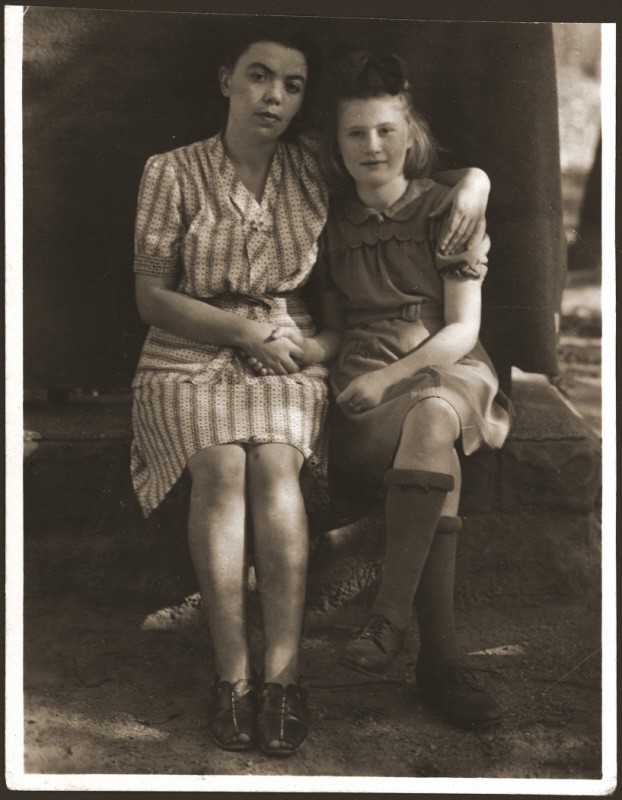
Bensheim Displaced Persons Camp
For the Jews who survived the Holocaust, the end of World War II brought new challenges. Many could not or would not return to their former homelands, and options for legal immigration were limited. In spite of these difficulties, these Jewish survivors sought to rebuild their shattered lives by creating flourishing communities in displaced persons camps in Germany, Austria, and Italy. In an unparalleled six-year period between 1945 and 1951, European Jewish life was reborn in camps such as Bensheim.
Located approximately thirty miles from Frankfurt, Bensheim displaced persons (DP) camp was part of the Frankfurt district of the American zone of occupation in Germany.
Before its conversion into a Jewish DP camp in August 1946, Bensheim had been used as a refugee camp for non-Jewish Polish DPs.
The camp supported a thriving religious educational system that included a cheder (traditional religious school for young children) and a yeshiva (religious academy), which were operated by the Klausenberger chasidim. Bensheim also maintained a Talmud Torah (religious elementary school), a synagogue, a 30-bed hospital, a sports club, a theater group, and, beginning in April 1947, a kindergarten.
In October 1946, the Jewish population totaled 1,196.
Bensheim DP camp closed on April 6, 1949.
Critical Thinking Questions
- What challenges did survivors face in the DP camps?
- What challenges did the Allies face in establishing and supervising DP camps?
- What responsibilities do (or should) other nations have regarding refugees from war and genocide?

